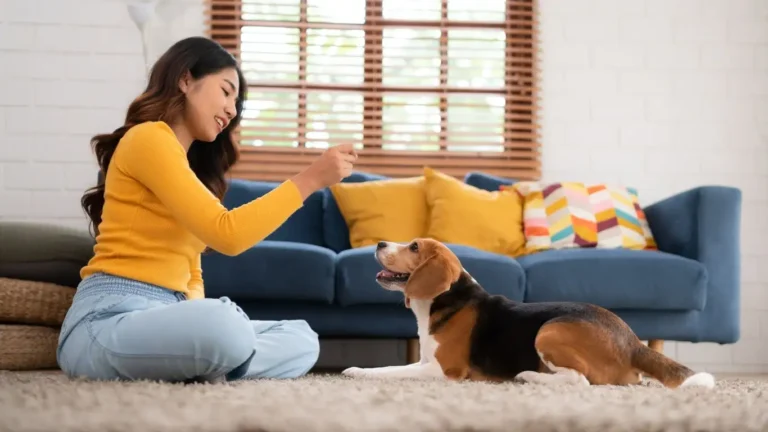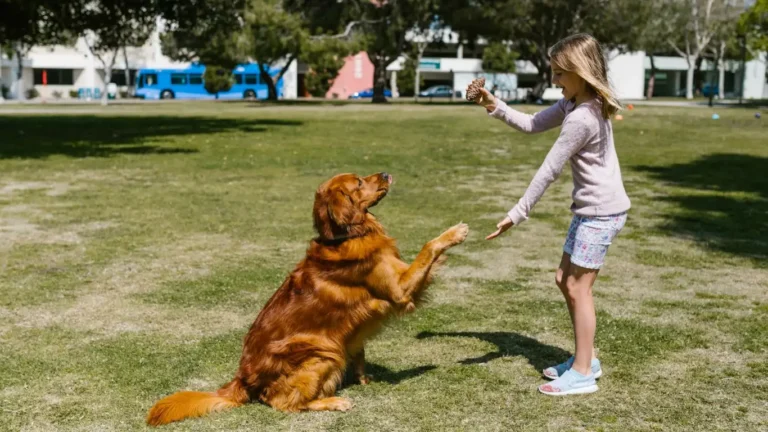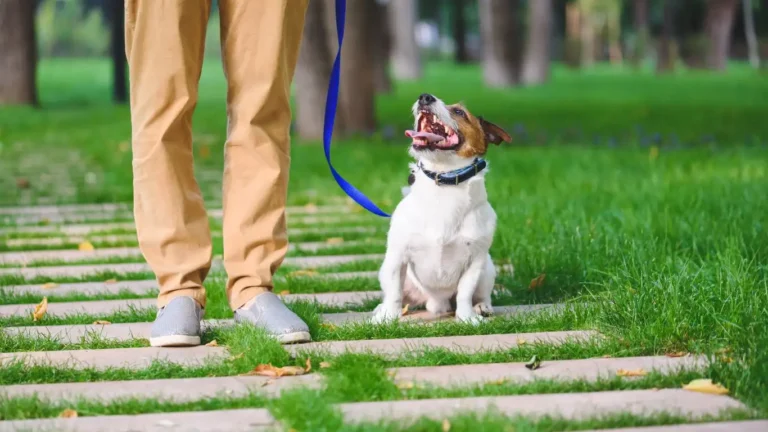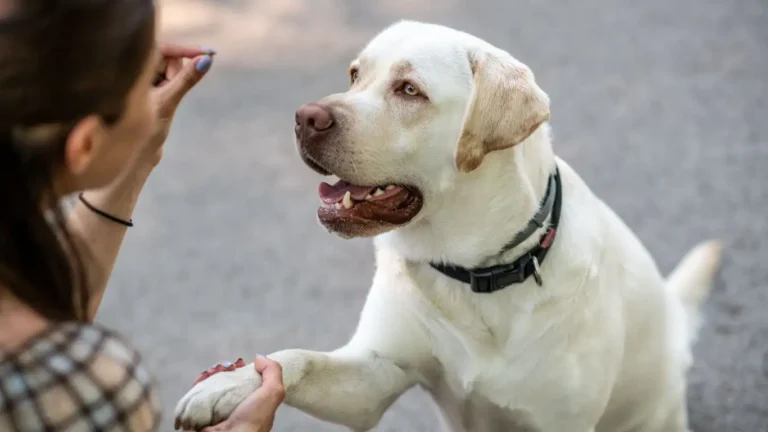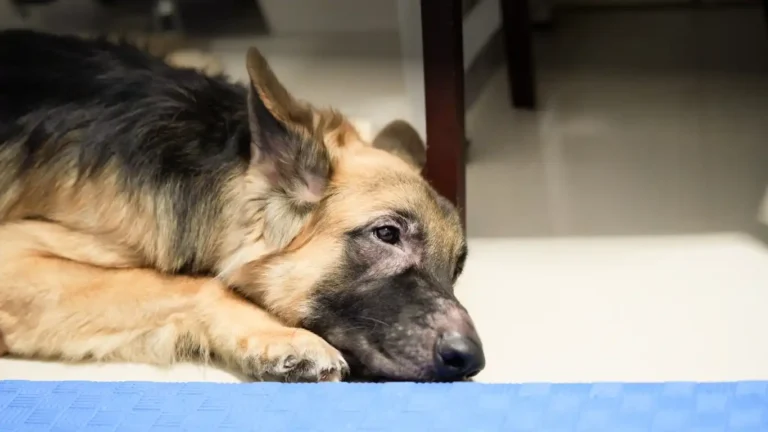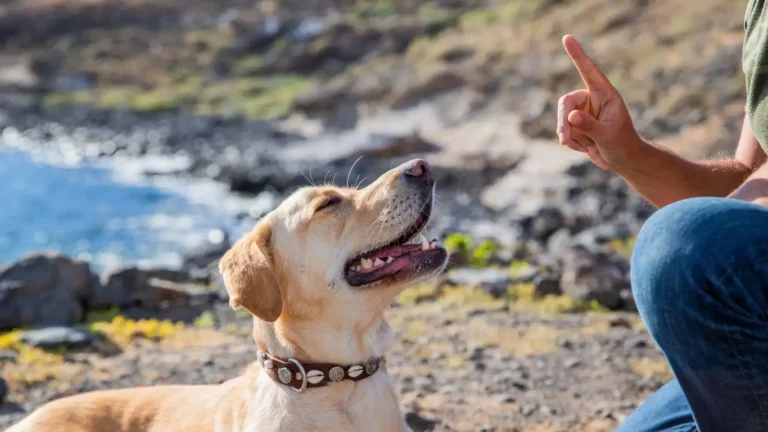How to Train Your Dog to Stay by Your Side: Master Walking Skills
Walking your dog should be a fun, relaxing experience, but if your pup constantly pulls ahead, lags behind, or zigzags unpredictably, it can quickly turn into a frustrating chore. Learning how to train a dog to stay by your side when walking is a game-changer, making walks more enjoyable for both you and your furry friend. As a Certified Professional Dog Trainer (CPDT-KA), I’ve helped countless dog owners transform their walks from chaotic to calm, and I’ll share the most effective techniques with you.
Why Dogs Struggle to Walk Beside You
Before we jump into the training steps, it’s important to understand why dogs tend to pull or wander on walks. Most of the time, it’s not about dominance or stubbornness—it’s simply natural canine behavior.
- Excitement Overload: Walks are full of exciting scents, sights, and sounds. Dogs often rush ahead to explore.
- Lack of Guidance: If a dog isn’t taught to stay beside you, they won’t know that’s what you expect.
- Reinforced Pulling: If pulling gets them where they want to go faster, they’ll keep doing it.
- Genetics & Breed Influence: Some breeds are naturally more independent or prone to pulling (hello, Huskies!).
 Setting the Foundation for Loose Leash Walking
Setting the Foundation for Loose Leash Walking
Before diving into the actual training, it’s crucial to lay the groundwork. A few key factors can make or break your success:
Pick the Right Gear
The right equipment can make a world of difference. A regular flat collar is fine for well-trained dogs, but for training purposes, I recommend:
- A well-fitted harness: Front-clip harnesses (like the Easy Walk or Freedom No-Pull) discourage pulling.
- A standard 4-6 foot leash: Avoid retractable leashes—they encourage pulling.
- High-value treats: Soft, smelly treats work best (think cheese, chicken, or freeze-dried liver).
Choose the Right Environment
Starting in a high-distraction area is like trying to learn math in the middle of a concert. Begin in a quiet, familiar place—your backyard, driveway, or even inside the house.
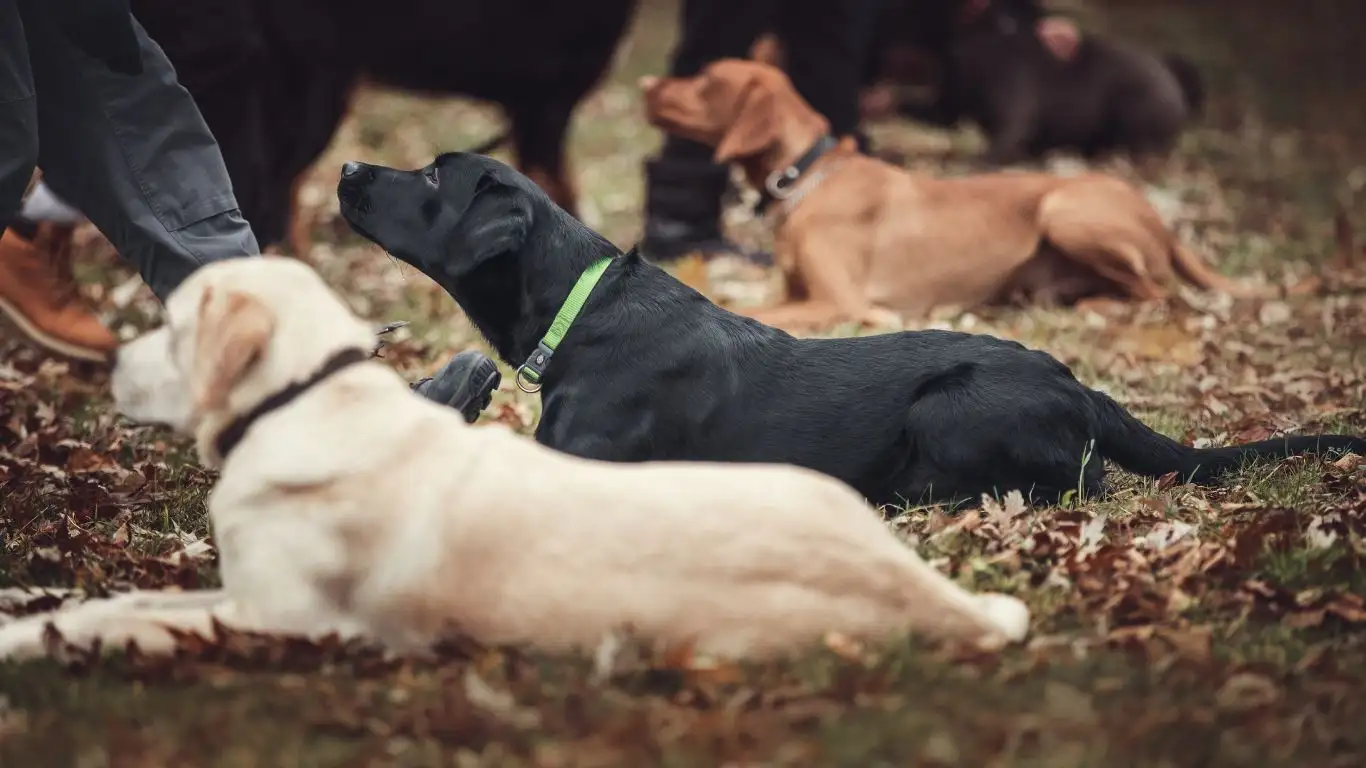 Teaching Your Dog to Stay by Your Side
Teaching Your Dog to Stay by Your Side
Now for the fun part—actual training! The goal is to make walking beside you the most rewarding and natural choice for your dog.
The “Name Game” – Building Focus
If your dog doesn’t pay attention to you on walks, training will be an uphill battle. Start with this simple exercise:
- Say your dog’s name in a happy tone.
- When they look at you, immediately reward with a treat.
- Repeat several times until they respond consistently.
This helps create the habit of checking in with you—an essential skill for loose leash walking.
Reward for the Right Position
Instead of correcting your dog for pulling, reinforce when they’re in the right spot. Here’s how:
- Hold treats in the hand closest to your dog.
- Start walking and reward every few steps if your dog stays beside you.
- If they pull ahead, stop. Wait for them to return to your side, then reward.
Consistency is key—if pulling never works, but walking by your side always earns rewards, your dog will naturally choose to stay close.
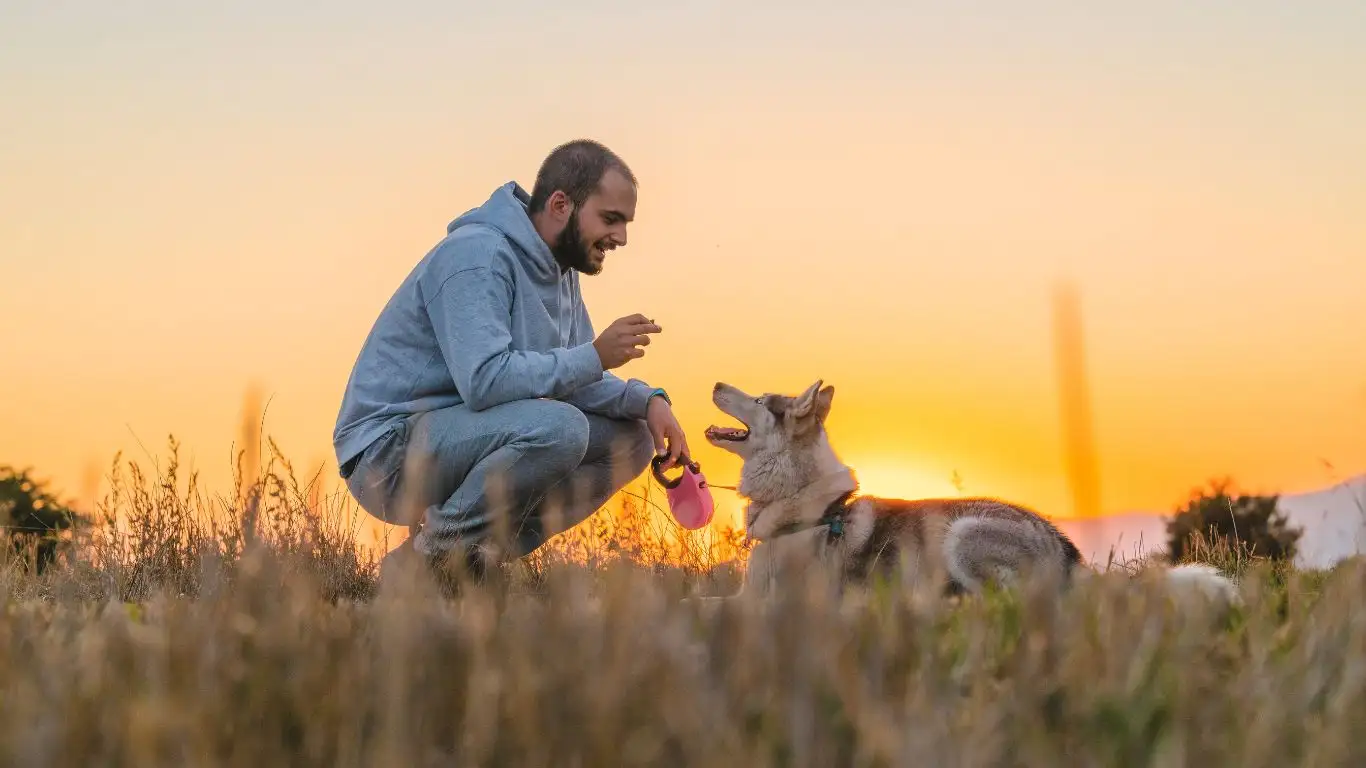 Common Mistakes That Sabotage Training
Common Mistakes That Sabotage Training
Even well-meaning owners can accidentally encourage pulling. Here are some common pitfalls to avoid:
- Inconsistent Rules: If you sometimes let your dog pull, they’ll always try—consistency matters.
- Using the Wrong Equipment: Choke chains or prong collars can cause pain and fear, making walks stressful.
- Forgetting to Reward: Praise and treats keep your dog engaged—don’t skimp on the rewards early on.
- Going Too Fast: Master short, slow walks before expecting perfect leash manners on long hikes.
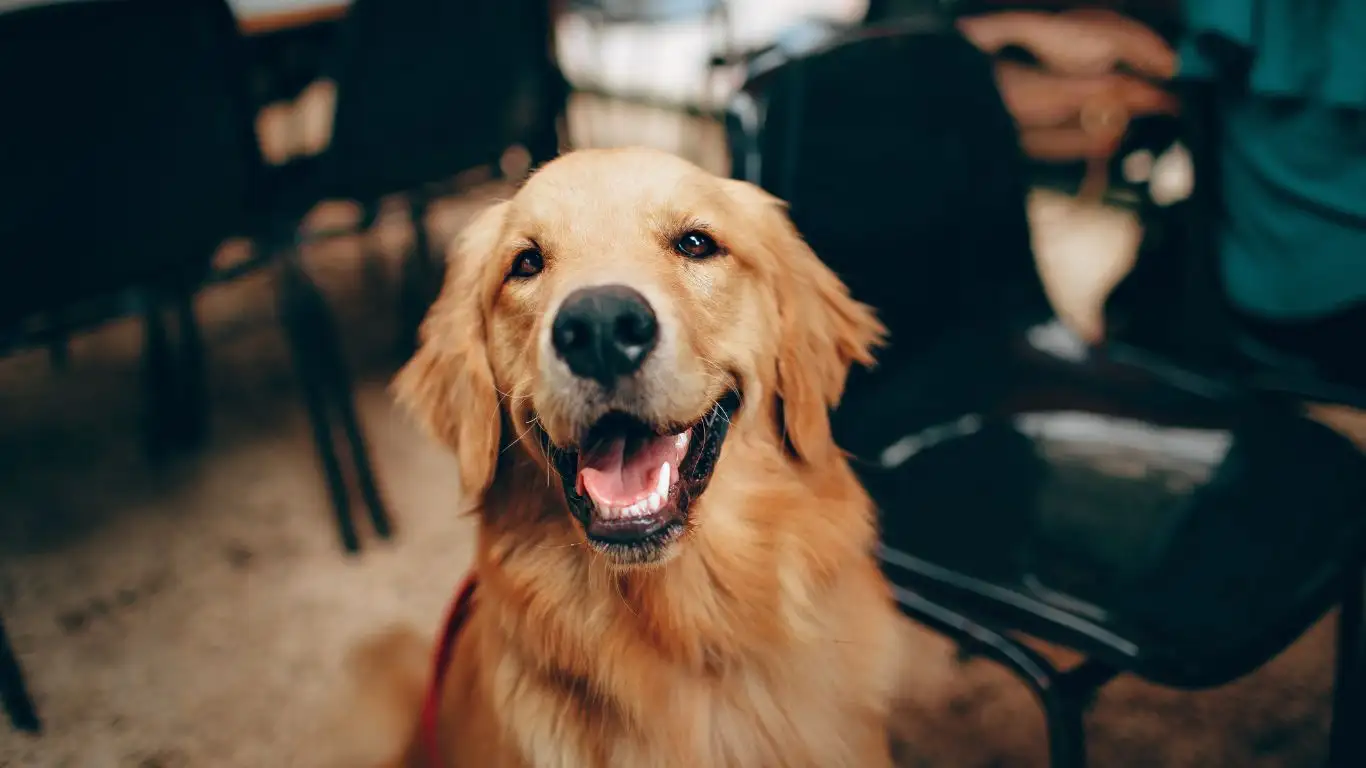 Taking Leash Training to the Next Level
Taking Leash Training to the Next Level
So, you’ve got the basics down—your dog is learning to walk beside you, checking in, and understanding that pulling won’t get them anywhere. That’s a huge win! But real-life walks aren’t always smooth sailing. Now, it’s time to introduce distractions, longer distances, and real-world scenarios.
Introducing Distractions Gradually
Dogs don’t generalize well, meaning they may behave perfectly in a quiet backyard but completely forget their training at a busy park. Here’s how to level up without overwhelming your pup:
- Start Small: Practice near mild distractions first, like a quiet sidewalk instead of a bustling city street.
- Use High-Value Rewards: If you’re competing with a squirrel or another dog, regular kibble won’t cut it—bring out the good stuff (think real chicken or cheese).
- Increase Difficulty Slowly: As your dog succeeds, introduce more challenging environments, like parks, trails, or pet-friendly stores.
The Stop-and-Go Technique
If your dog pulls ahead, don’t yank them back—that just turns leash pressure into a game of tug-of-war. Instead, use the stop-and-go method:
- When they start pulling, immediately stop.
- Wait until they return to your side (or lure them back with a treat).
- Once they’re beside you, start walking again.
- Repeat as needed—eventually, they’ll realize that pulling actually slows them down, not speeds them up.
Consistency is everything here. If you let them pull sometimes, they’ll keep trying, thinking it might work.
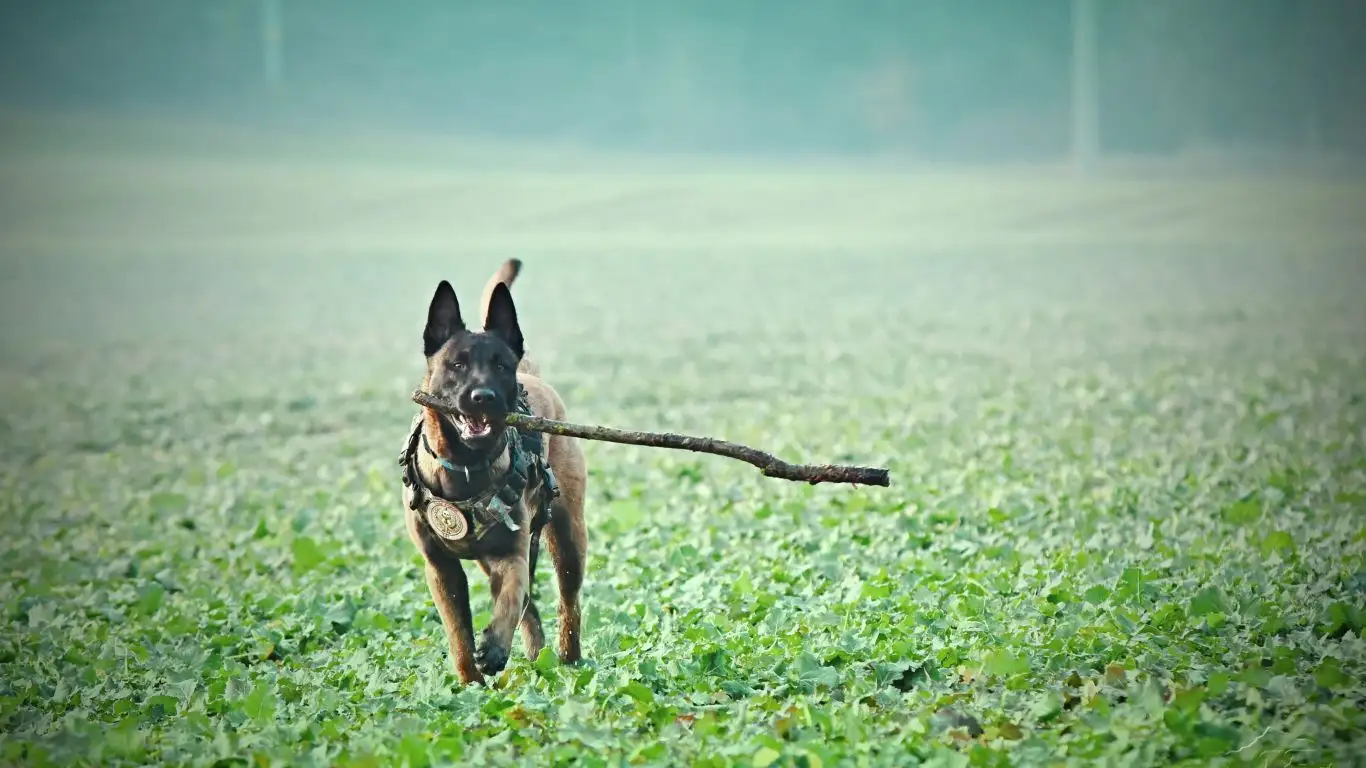 The Power of Verbal Cues and Hand Signals
The Power of Verbal Cues and Hand Signals
Dogs thrive on clear communication. While leash guidance and treats help, adding verbal cues and hand signals speeds up learning.
Choosing a Cue Word
Pick a simple word or phrase to let your dog know you want them to walk beside you. Some common options:
- “Heel” – Classic obedience term for walking closely.
- “With me” – A more casual cue for everyday walks.
- “Let’s go” – Encourages forward movement without strict positioning.
Say the cue in a happy, upbeat tone just before rewarding your dog for being in position.
Adding a Hand Signal
Dogs are visual learners, so pairing a hand motion with your cue helps reinforce the behavior. Try these:
- Pat your thigh: Encourages them to stay beside you.
- Hold a treat near your hip: Guides them into position.
- Extend your arm forward: A signal to keep moving.
Reinforcing Good Choices
Dogs don’t instinctively know what you want—so when they get it right, let them know! Use verbal praise (“Good job!”), petting, or a well-timed treat to reinforce good walking behavior.
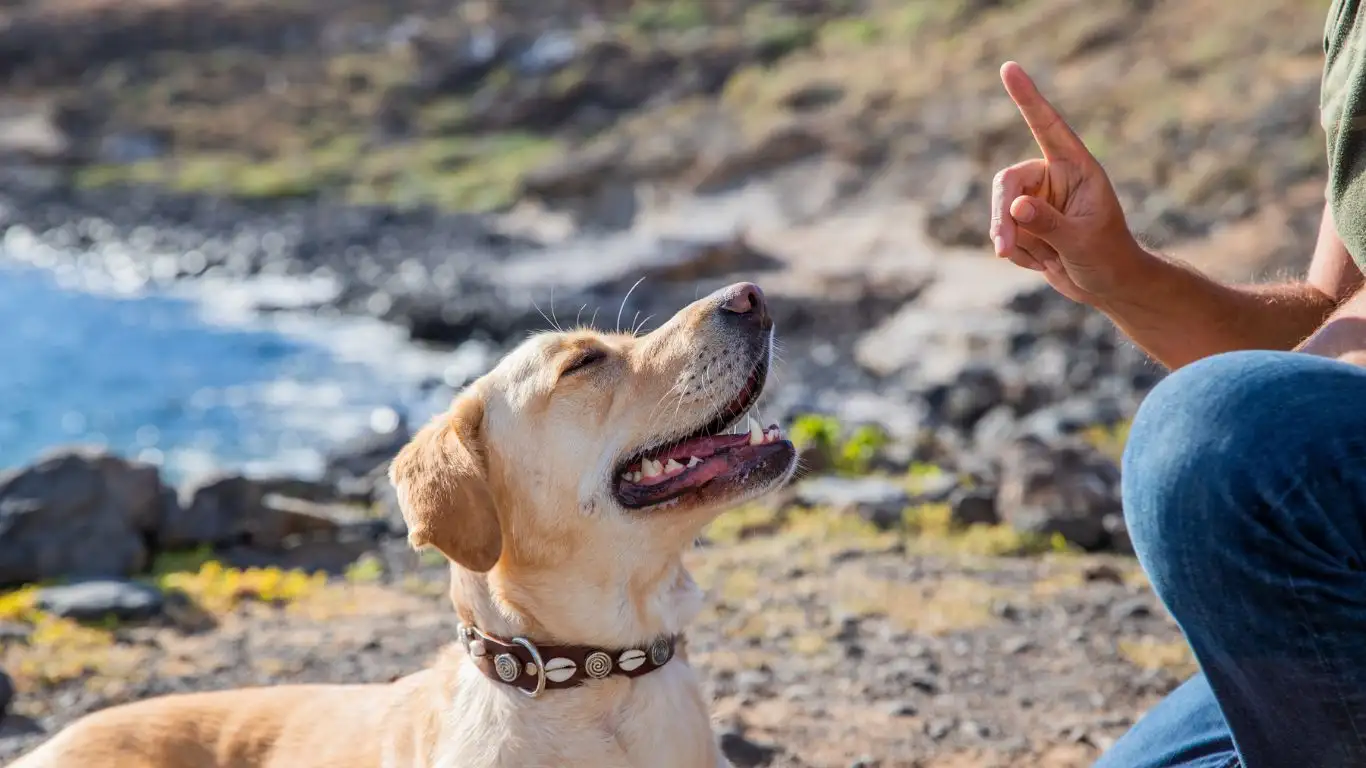 Troubleshooting Common Walking Challenges
Troubleshooting Common Walking Challenges
Even with solid training, challenges pop up. Let’s tackle some of the most common ones and how to fix them.
Problem: My Dog Lags Behind
If your dog drags their feet or constantly stops, it could be due to:
- Lack of motivation: Use higher-value treats or a more exciting tone.
- Fear or anxiety: If they seem nervous, go slow and let them adjust.
- Physical discomfort: Rule out pain, especially in older dogs—check their paws and joints.
Problem: My Dog Gets Distracted Too Easily
Some dogs seem to have an attention span of about two seconds (looking at you, Labradors and Beagles!). If yours is easily distracted, try:
- Shorter, focused sessions: Keep training walks brief and engaging.
- More frequent check-ins: Reward eye contact and attention.
- The “Find It” game: Toss a treat on the ground near your feet to redirect their focus.
Problem: My Dog Lunges at Other Dogs or People
If your dog gets overly excited or reactive when they see another dog, don’t wait until they’re already lunging to correct it. Instead:
- Keep your distance: Stay far enough away where your dog notices but doesn’t react.
- Reward calm behavior: Treat them for looking at the distraction without lunging.
- Use a “watch me” cue: Teach your dog to focus on you instead of the trigger.
Over time, this helps build better impulse control so your dog can walk past distractions without drama.
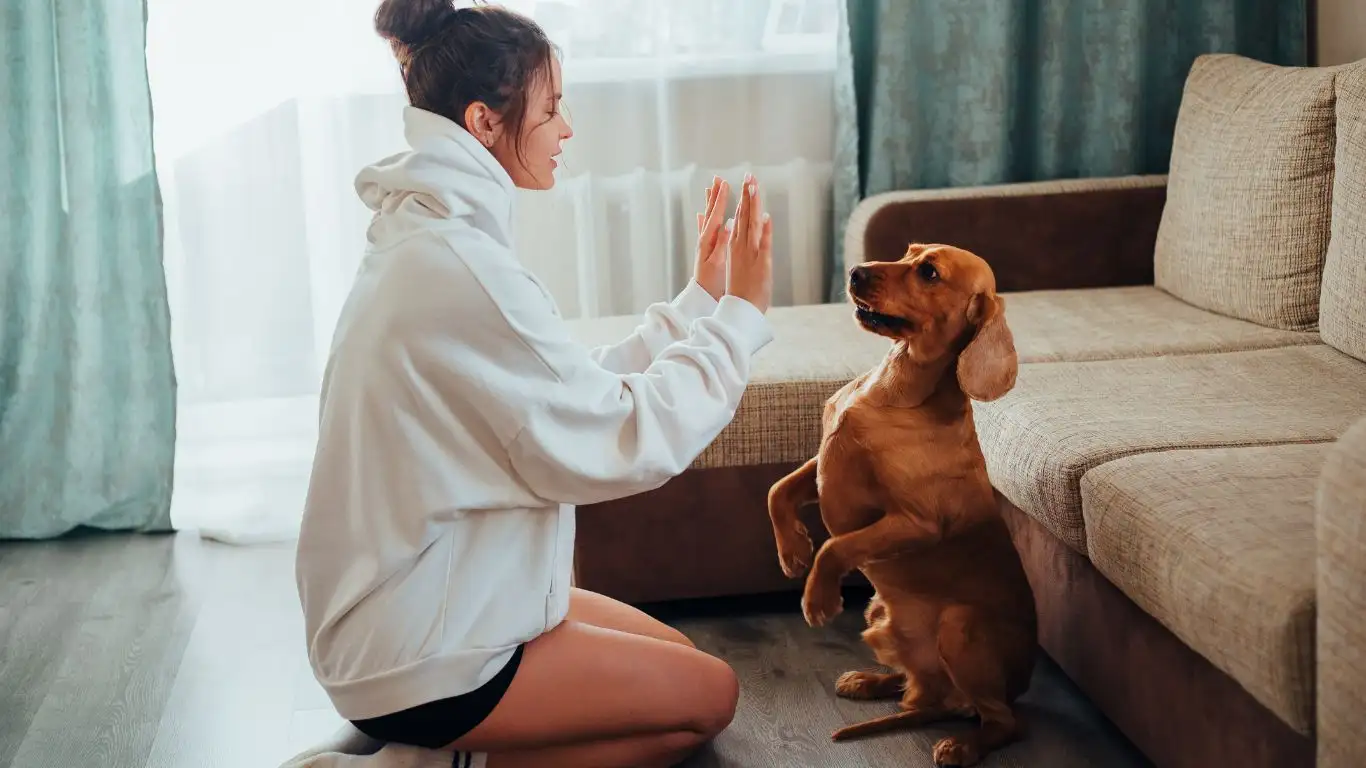 Advancing Your Dog’s Walking Skills
Advancing Your Dog’s Walking Skills
By now, your dog should be making solid progress in walking politely by your side. But let’s be real—every dog is a work in progress, and there’s always room for improvement. Now it’s time to move beyond basic training and make your dog’s leash manners rock solid, no matter the situation.
Practicing in High-Distraction Environments
Once your dog has mastered polite walking in quiet areas, start practicing in more exciting locations. This is crucial because a dog that walks beautifully in the backyard may still struggle at the park. Here’s how to level up:
- Increase distance first: Start by walking near, but not directly in, busy areas.
- Gradually shorten the gap: As your dog improves, move closer to distractions.
- Keep sessions short and positive: Overwhelming your pup won’t help—end on a good note.
Remember, patience is key. Some dogs take longer to adjust, and that’s perfectly normal.
The “Sudden Direction Change” Trick
One of my favorite techniques to keep a dog focused on walks is the Sudden Direction Change. It’s simple but highly effective:
- Start walking in one direction.
- If your dog pulls ahead, immediately turn and walk the opposite way.
- Encourage them to catch up and reward them when they fall into position.
- Repeat as needed—your dog will start paying closer attention to you!
This works because it shifts their focus back to you, rather than whatever they were trying to chase.
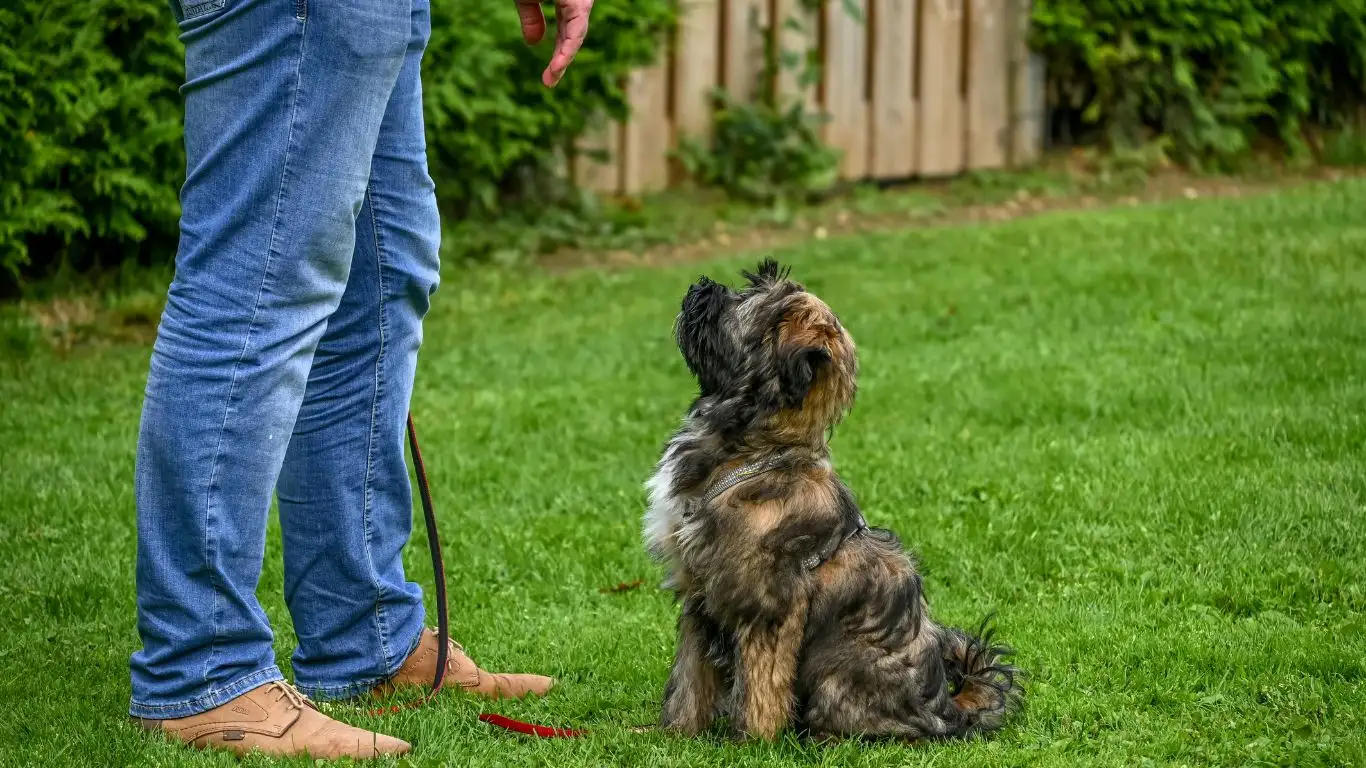 Walking Off-Leash: When and How to Try It
Walking Off-Leash: When and How to Try It
Once your dog is walking like a pro on a leash, you might be wondering—can I trust them off-leash? While not every dog is suited for off-leash adventures, here’s how to determine if your pup is ready.
Signs Your Dog is Ready for Off-Leash Training
Not every dog will be reliable off-leash, and that’s okay. Some key indicators that your dog might be a good candidate:
- Strong recall: If your dog comes to you every time, even with distractions, that’s a great sign.
- Consistently walks beside you on-leash: If they’re glued to your side naturally, off-leash walking is easier.
- No history of chasing behaviors: If your dog bolts after squirrels or birds, off-leash might not be a good fit.
How to Start Off-Leash Training
If you think your dog is ready, start in a safe, enclosed space like a fenced-in park or yard. Here’s a step-by-step approach:
- Practice with a long training leash (15-30 feet) before going completely off-leash.
- Use a release word like “Free!” to let them know when they can roam.
- Call them back frequently and reward generously when they return.
- Gradually increase freedom, but always stay alert and ready to intervene if needed.
Off-leash walking should only be done in designated areas and where it’s legally allowed. Always prioritize safety!
Maintaining Good Walking Habits Long-Term
Dog training isn’t a one-and-done deal—it’s an ongoing process. Even once your dog is walking like a champ, reinforcing good habits is essential.
Mix Up Your Routes
Dogs get bored too! Changing up your walking routes keeps things interesting and reinforces training in different settings.
Practice “Check-Ins”
Encourage your dog to naturally check in with you during walks. Every few minutes, say their name or make a happy noise. If they look at you, reward them. This keeps their focus on you, not distractions.
Use Walks as Training Sessions
Even after your dog is trained, keep treating walks as learning opportunities. Randomly ask for a “sit” or “stay” during the walk, and reward when they obey. It keeps them engaged and reminds them that paying attention pays off!
Final Thoughts
Learning how to train a dog to stay by your side when walking takes patience, consistency, and the right techniques. But trust me—it’s worth every second of effort. There’s nothing better than a calm, enjoyable walk where both you and your dog are relaxed and in sync.
Remember, no two dogs are the same. Some will pick up on leash manners quickly, while others take more time. The key is to be consistent, make training fun, and never get frustrated. Celebrate progress, no matter how small, and soon, you’ll have a walking companion you can truly enjoy.
References
- American Kennel Club (AKC)
- Certification Council for Professional Dog Trainers (CCPDT)
- Victoria Stilwell Positively
Disclaimer
This article is for informational purposes only and should not replace professional training or veterinary advice. If you’re struggling with leash training, consider working with a certified professional dog trainer.

